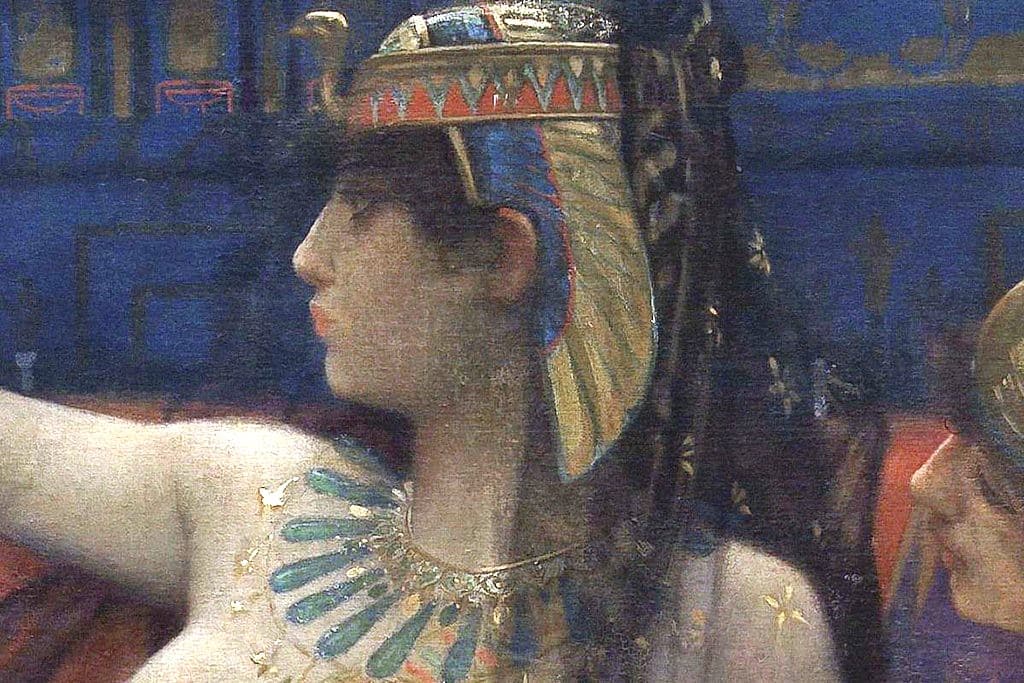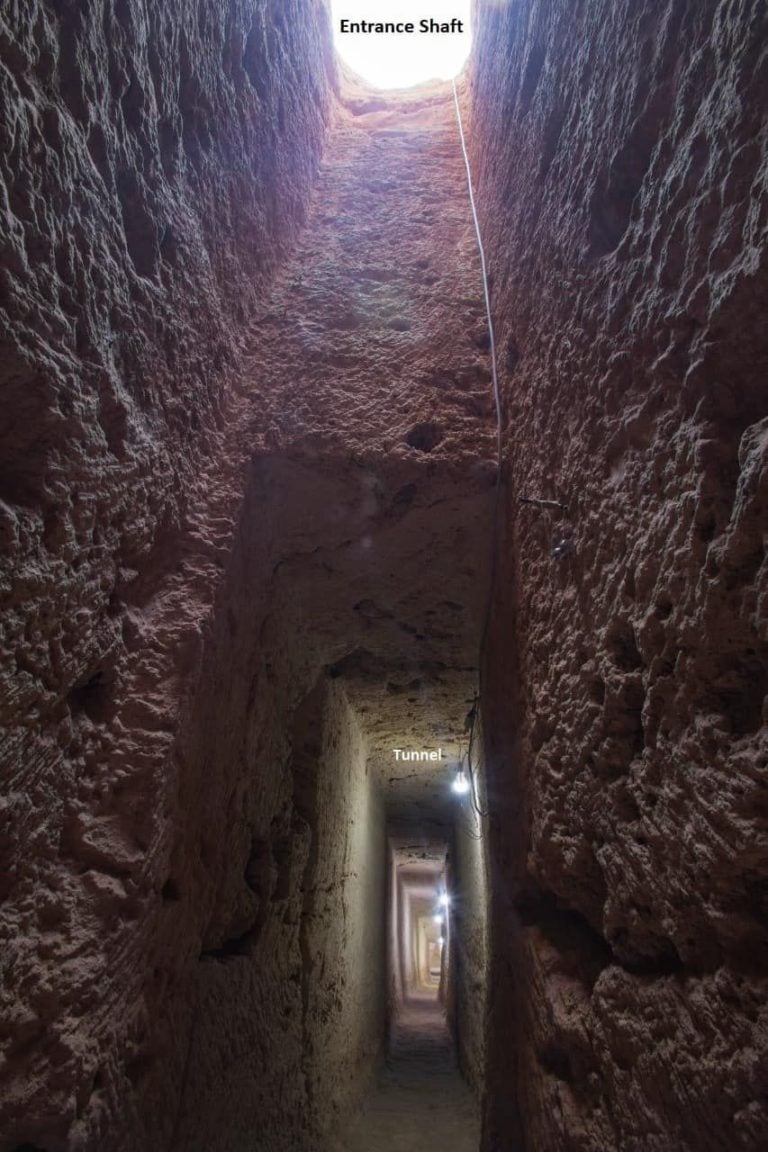
After two years of new excavation work, Dr Kathleen Martinez, a determined archaeologist who has been searching for Cleopatra’s tomb in Egypt since 2005 has released a new update on the whereabouts of the ancient Egyptian queen’s resting place.
In 2022, Dr Kathleen Martinez told the world she and her team had discovered a tunnel in the Mediterranean Sea which may potentially lead to the tomb of Cleopatra.
Her most recent update came on February 13 2024, when the archaeologist gave a lecture – which she advertised on her Instagram – titled ‘Dominican Archaeological Mission in Egypt: Cleopatra; search and findings’. The lecture was in Spanish, but later was translated by two of her followers – subsequently presenting the information in a seven-minute video.
Dr Martinez has been searching for the tomb of Cleopatra for more almost 20 years, and explains in her presentation that all 14 Ptolemy pharaohs from Alexander to Cleopatra are still yet to be located.
The general consensus among Egyptologists is that they are all buried in the ancient city of Alexandria, which is now submerged in the Mediterranean Sea.

In her research, Dr Martinez has narrowed down options for the location of Cleopatra’s tomb, concluding that it is most likely in the Taposiris Magna temple, which translates to ‘great tomb of Osiris’.
The researcher had been searching for a specific item to substantiate her theory that the temple had been dedicated to the goddess Isis for 500 years, whom Cleopatra proclaimed herself to be the reincarnation of.
The artifact in question was a ‘foundation plate’ – an iPhone-sized stone tablet that was placed under major structural stones – which would have etched upon it key information about when and why the temple was built.
Archaeological missions have been searching for the plate since the 1800s, some ordered by Napoleon, but all were left disappointed. However, Dr Martinez was committed to the cause and decided to excavate the entire temple.
What Was Discovered While Searching for Cleopatra’s Tomb in Egypt?

During the work in Egypt her and her team discovered another temple beside it, and also unearthed coins with ‘Queen Cleopatra’ written on one side and her face displayed on the other. The Dominican archaeologist also found a processional avenue which ran through the main temple and into the Mediterranean Sea, but she needed approval to explore it, with authorities requesting the plate as evidence. Luckily, she found it.
The plate reads “The King of high and low Egypt Ptolemy V lives forever beloved by Isis, son of Ptolemy IV King of high and low Egypt, and his wife, Arsenoe III, both benevolent Gods, consecrated this temple to the mother Isis.”
This was solid proof that the temple was built for the goddess, despite the fact that no ancient Egyptian maps referenced it. After discovering one temple, she believed the second would be in the sea, being that typically there was one temple for the male and another for the female.
She deduced that if Alexandria was submerged under the water, then it was likely the second temple was too.
With additional research, and by reaching out to sub-aquatic archaeologist Robert Ballard (the diver who located the Titanic) for assistance, she began her exploration of the submerged Alexandria with approval from the local government. Egypt even offered resources and equipment from its Marines to aid in finding the tomb of Cleopatra.
The research team found three-meter-tall structures that did not resemble anything naturally occurring under the sea, in an area of ‘land’ they believed could have been the place they were searching for.
They also found basalt, which is the same material used in statues in the first temple, confirming the structures were man-made. More than five additional points of interest were also discovered, and are ready to be excavated further on the team’s next permit season – some points are as far as 10km out from the coast.
@tilscience Cleopatra’s Lost Tomb MAJOR UPDATE from Dr. Kathleen Martinez!!! Will post more info as soon as she drops it! #cleopatra #cleopatrastomb #kathleenmartinez #archeology #ancientegypt #egypt #taposirismagna
See all the latest news from Greece and the world at Greekreporter.com. Contact our newsroom to report an update or send your story, photos and videos. Follow GR on Google News and subscribe here to our daily email!



